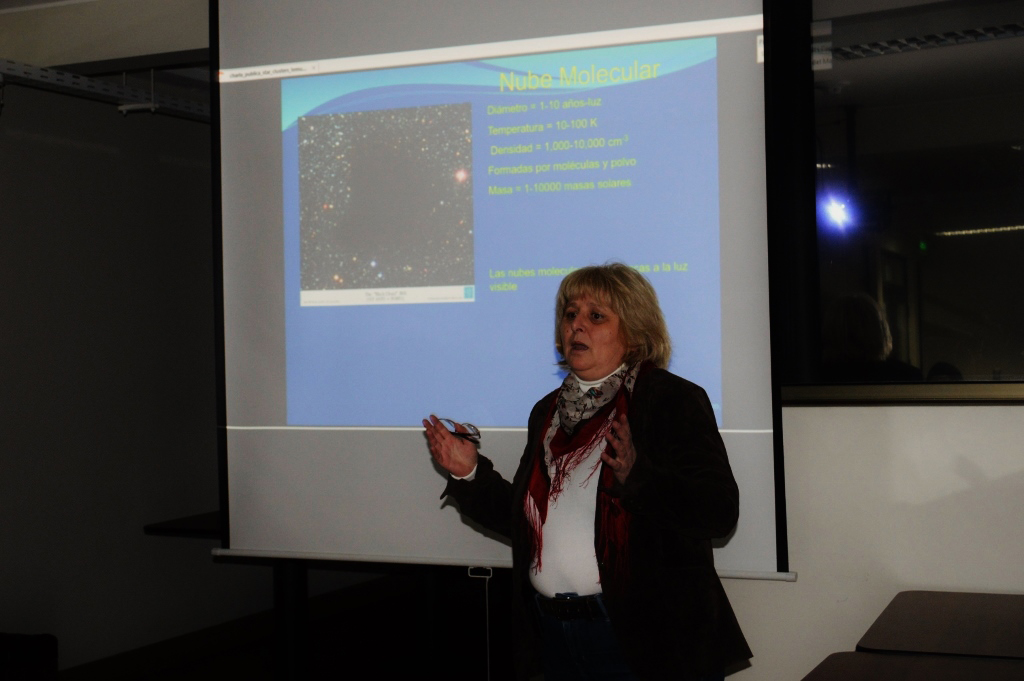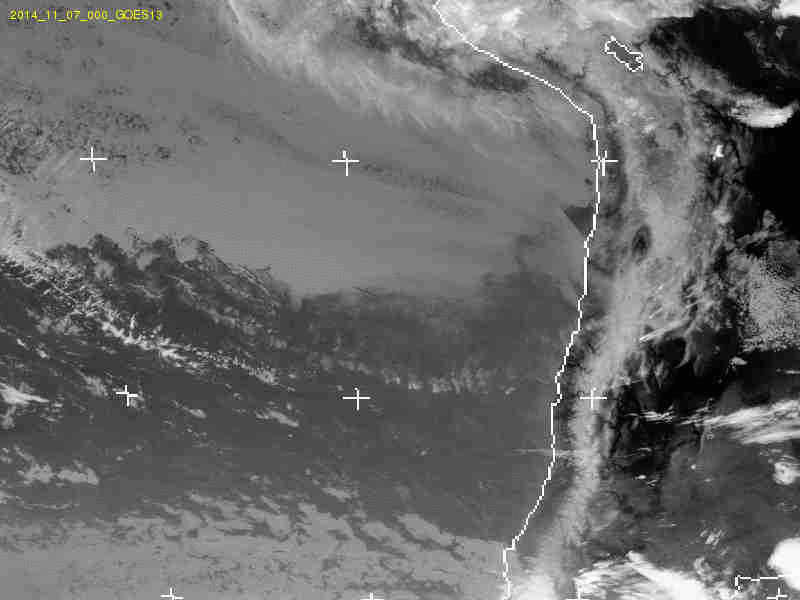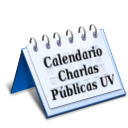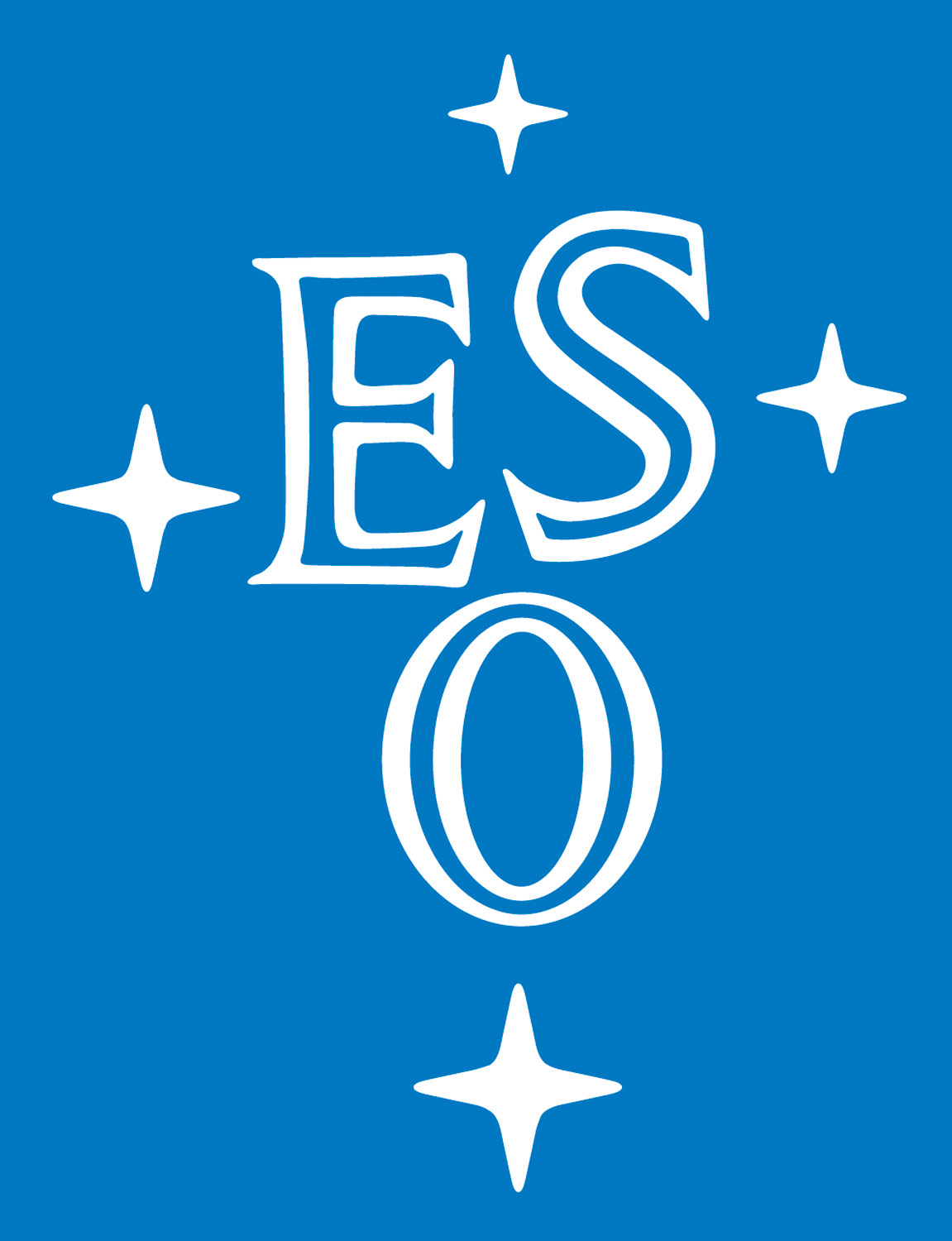
September 9, 2014. Instituto de Fisica y Astronomía
The Instituto de Física y Astronomía is happy to announce that the Organización Europea para la Investigación Astronómica en el Hemisferio Austral ESO, awarded funding to the following projects belonging to three of its members, :
“Difusión de la Astronomía en la V, VI Y VII Región de Chile, vía una exposición itinerante de última tecnología”, Dr. Nikolaus Vogt.
“The Influence of close substellar companions on late stellar evolution TELESCOPE”, Dr. Maja Vuckovic.
“VW Proper Motion Survey”, Dr. Radostin Kurtev.
August 15, 2014. Instituto de Fisica y Astronomía
A Planet type Object was discovered that could have been born as a hot star.
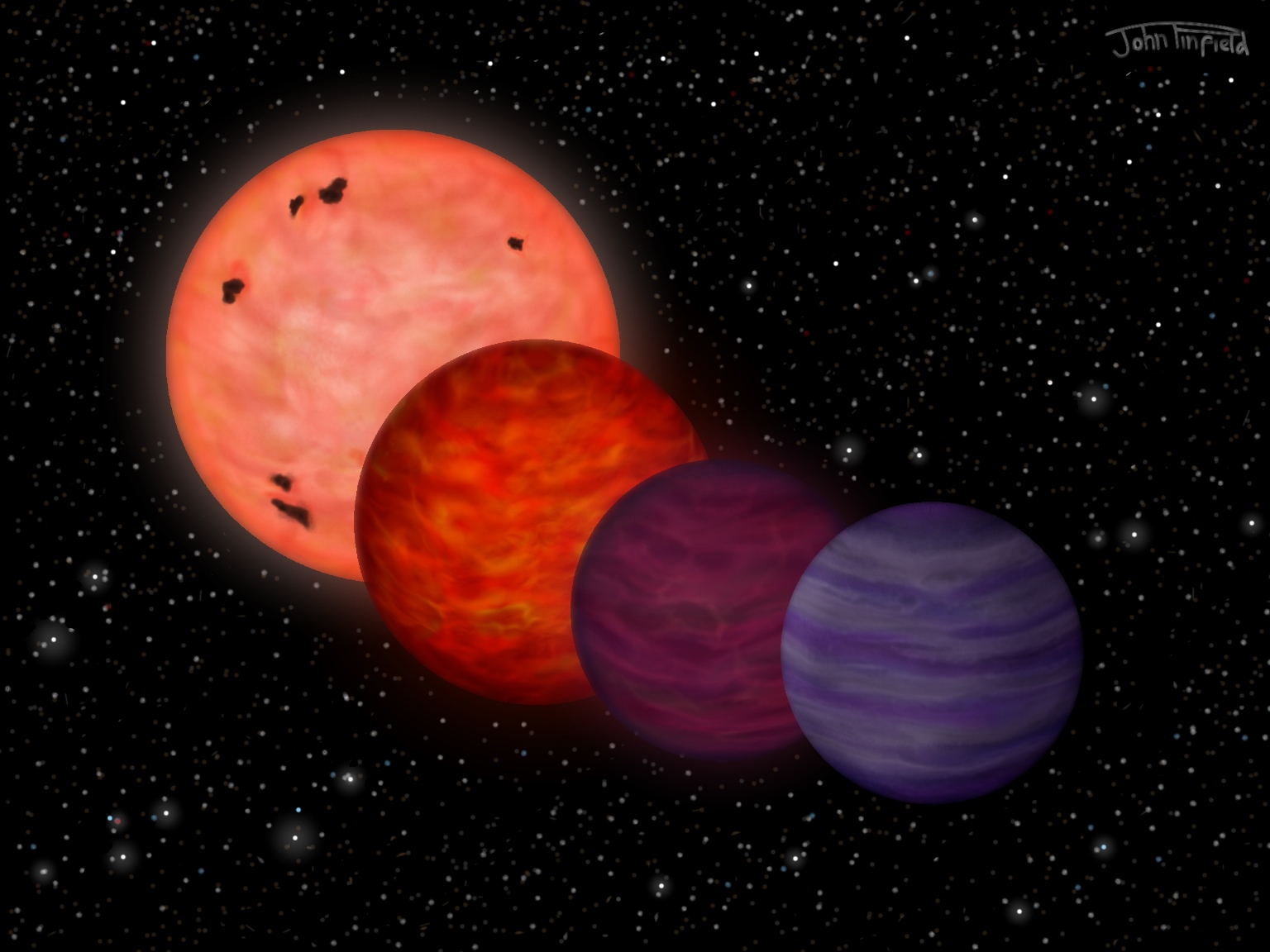 Investigators from the Instituto de Fisica y Astronomía, Drs. Mariusz Gromadzki and Radostin Kurtev, form part of the team that made the discovery.
Investigators from the Instituto de Fisica y Astronomía, Drs. Mariusz Gromadzki and Radostin Kurtev, form part of the team that made the discovery.
WISE J0304-2705 currently has a temperature that barely could boil enough water for a cup of coffee (temperature between 100 and 150 ºC), but which exceeded a temperature of 2800 ºC during its first 20 million years of life . This new stellar object was discovered by an international team of investigators, headed by Professor David Pinfield from the University of Hertfordshire (UK), Drs. Radostin Kurtev and Mariusz Gromadzki, both investigators from the Universidad de Valparaíso and of the Instituto Milenio de Astrofísica MAS as well as Professor María Teresa Ruíz, academic from the Departamento de Astronomía de la Universidad de Chile and of the Centro de Astrofísica CATA, by means of the WISE (NASA) space Observatory and the most powerful telescopes on Earth situated in the north of Chile (Gemini Telescope at Cerro Pachón, Magellan Telescope at Las Campanas and the NTT at La Silla).
WISE J0304 – 2705 forma parte del grupo de 20 enanas-Y que se han descubierto hasta ahora y que tiene propiedades muy peculiares que producen características inusuales en el espectro de luz que emite. “Se trata de un objeto con alta gravedad y muy baja metalicidad, lo que nos dice que es muy antiguo. WISE J0304-2705 podría tener una edad de más de 10 mil millones de años”, explica el Dr. Kurtev, "momento en el cual comenzó a enfriarse llegando a su actual temperatura de unos 100 a 150 ºC". El Dr. Mariusz Gromadzki comenta que “las mediciones desde la Tierra fueron muy difíciles, incluso usando los telescopios más grandes del mundo. Fue emocionante cuando los resultados mostraron cuan inusualmente frío era este objeto”. Sin duda, agrega la Prof. María Teresa Ruiz, el descubrimiento de WISE J0304-2705, tan poco luminoso y con su espectro tan peculiar, plantea desafíos interesantes a los telescopios hoy disponibles y refuerza la necesidad de contar con instrumentos aún más poderosos como los que hoy se proyectan (E-ELT, el Magallanes Gigante y el TMT).
Enlaces asociados: Noticia de la Royal Astronomical Society - astro-ph - Artículo Extenso en Español (.pdf)
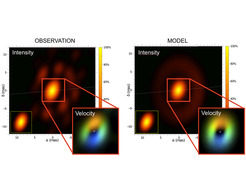
August 12, 2014. Centro de Astrofísica de Valparaíso
New 3D imaging technique drops the veil on the velocity field of an old sun - revealing an invisible companion. How is it possible that HD 62623, a hot super-giant star on the verge of death, is surrounded by a disc, generally only associated with infant stars? Using long-baseline stellar interferometry at ESO's VLT interferometer, a team led by Florentin Millour from Observatoire de la Côte d'Azur and Anthony Meilland from Max Planck Institute for Radio Astronomy could generate for the first time a three-dimensional high angular and high spectral resolution image of this star and its closest environment. They conclude that a solar-mass companion star is the key to this mystery. To attain their goal, the researchers adapted an imaging technique from radio astronomy which uses interferometric datasets.
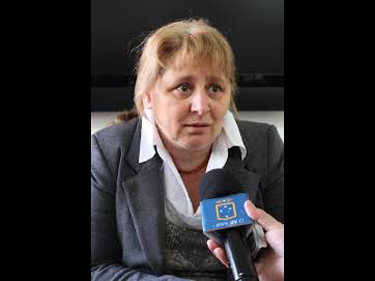
August 12, 2014, Instituto Fisica y Astronomía:
The VISTA Telescope finds 96 star clusters groups hidden behind clouds of dust. Using data from the VISTA Infrared Survey Telescope from ESO´s Paranal Observatory, an international team has discovered 96 new open star clusters, hidden by the dust in the Milky Way. These small and weak objects were invisible in previous surveys but they could not escape the powerful infrared detectors of the largest survey telescope in the world, which can see through the dust. This is the first time so many weak and small star groups have been found in one go. These results come only one year after the start of the Vista Variables in the Vía Láctea Program (VVV [1], one of six public surveys to have been undertaken by the new telescope. The results will be published in the Astronomy & Astrophysics magazine. "This discovery highlights the potential of VISTA and the VVV study for finding star clusters, most specially those hidden by the dust in stellar formation regions in the disc of the Milky Way. VVV is much more profund than other surveys", comments Jura Borissova, PI of the study.
July 28, 2014. Instituto de Física y Astronomía.
The Padre Las Casas locality, IX Región de Chile received Dr. Jordanka Borissova, Professor from the Instituto de Física y Astronomía of the U. de Valparaíso last July 17, who gave a talk titled "Stellar Groups in our Galaxy". The event, done in the Biblioteca Municipal Pablo Neruda, with sponsoring from the Departamento de Ciencias Físicas of the Universidad de La Frontera, was attended by general public, among them university students from the area, two of them from the nearby city of Temuco who had the opportunity of asking questions to Dr. Borissova and her husband, Dr. Radostin Kurtev, both investigators of the Centro de Astrofísica de Valparaíso dependent on the Institute. The Library extended the invitation to the rest of the community in context with its regular cultural activities benefiting them not only in this area but in others (training, workshops, cultural outreach, reading and digital alphabetizing) which no doubt offer support culture and the formation in young people (as well as adults) of the community. This is the first time the Library introduces astronomy as a topic, but plans to conitnue with the approach to thsi beautiful science through exhibitions and talks. The event was coordinated by Alejandra Molina, news correspondent of the Departamento de Ciencias Físicas de la U. de La Frontera, Dr. Fabian Torres, Outreach oordinator to the del Departamento de Ciencias Físicas, Universidad de La Frontera and Marcelo Cuevas, Director of the Biblioteca Padre Las Casas. Crédits images: Edith Chanqueo, professor at the Padre Las Casas Library.
Associated links: Blogspot Biblioteca Padre las Casas - Biblioradio de la Biblioteca Padre Las Casas.
July 14, 2014. IFA News
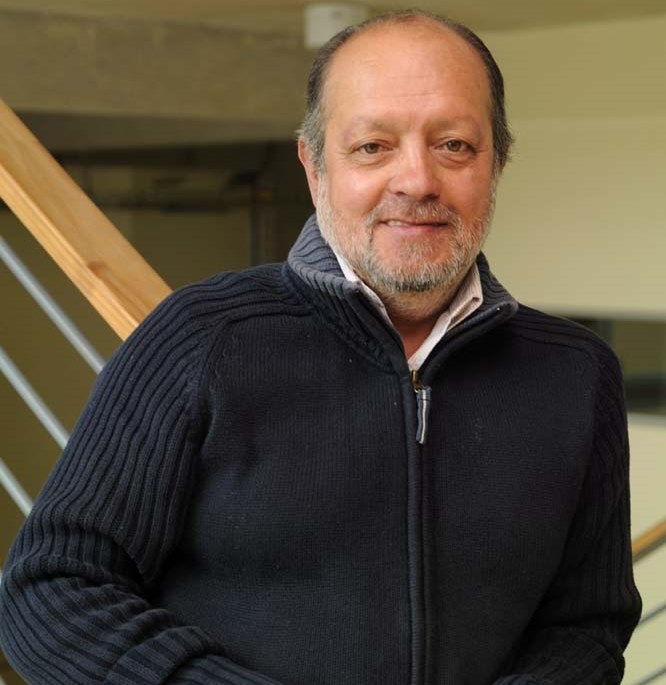 The news of passing away of professor Sergio del Campo Araya surprised, shocked and saddened the academic community on July 12, 2014. Writing these words is hard as well as easy. Hard because nobody is prepared to write them of some dear friend. Easy because memories, some recent, some older, of past meetings, rush to my mind, memories of working together or sharing free time. Sergio leaves a big void in our country, as well as an enormous legacy as researcher and academic. He not only did his job and did it well, but also became a referent for many young people interested in studying the Universe. A referent not only as an academic, but as a human being as well. In a personal way I can say that Sergio is the person that most helped me in my scientific life, more than any other person. He was with me when I decided to do my PhD Thesis on cosmology, when I wanted to do my Postdoc, when I had little time to do research, when I got my current position, and then again, last Thursday, working together to throw light on the mysteries of dark energy. In sum, I feel that I owe him much of who I am, and together with that, a great responsibility. I know that these feelings are not only mine, that I share them with many friends, colleagues and students. I am quite sure that this feeling will be the one to push us to work hard in making real some of Sergio´s dreams, those that his friends know very well. Dear Sergio, we will sorely miss you.
The news of passing away of professor Sergio del Campo Araya surprised, shocked and saddened the academic community on July 12, 2014. Writing these words is hard as well as easy. Hard because nobody is prepared to write them of some dear friend. Easy because memories, some recent, some older, of past meetings, rush to my mind, memories of working together or sharing free time. Sergio leaves a big void in our country, as well as an enormous legacy as researcher and academic. He not only did his job and did it well, but also became a referent for many young people interested in studying the Universe. A referent not only as an academic, but as a human being as well. In a personal way I can say that Sergio is the person that most helped me in my scientific life, more than any other person. He was with me when I decided to do my PhD Thesis on cosmology, when I wanted to do my Postdoc, when I had little time to do research, when I got my current position, and then again, last Thursday, working together to throw light on the mysteries of dark energy. In sum, I feel that I owe him much of who I am, and together with that, a great responsibility. I know that these feelings are not only mine, that I share them with many friends, colleagues and students. I am quite sure that this feeling will be the one to push us to work hard in making real some of Sergio´s dreams, those that his friends know very well. Dear Sergio, we will sorely miss you.
Homage given by: Victor H. Cardenas, Professor of the Instituto de Física y Astronomía, Universidad de Valparaíso.
Sergio del Campo Araya was a professor and investigator of the Instituto de Física of the Pontificia Universidad Católica de Valparaíso. Master in Sciences, he undertook postgraduate studies in the University of Tufts in USA, where he got his MSc and PhD degrees.
Associated link: News Pontificia Universidad Católica de Valparaíso
July 4, 2014. IFA News.
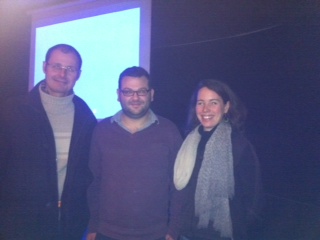 Last Wednesday, June 25, professor Samer Kanaan visited the Liceo Jean D'Alembert of Valparaíso to give the students a talk, titled “La Vida de las Estrellas y la Vida Alrededor de las Estrellas", and which was received with great interest by the students who learned to identify and classify stars using different criteria (color, temperature, among other characteristics) determined through the study of their spectra taken from the Earth, as well as how they evolve through their long lives. Professor Kanaan, who works in the Instituto de Física y Astronomía, stimulated the students to ask questions, who immediately took advantage of the offer, as this science enchants as well as offers great opportunities for the professional lives of the future generations. Associate link: News article of Alianza Francesa website.
Last Wednesday, June 25, professor Samer Kanaan visited the Liceo Jean D'Alembert of Valparaíso to give the students a talk, titled “La Vida de las Estrellas y la Vida Alrededor de las Estrellas", and which was received with great interest by the students who learned to identify and classify stars using different criteria (color, temperature, among other characteristics) determined through the study of their spectra taken from the Earth, as well as how they evolve through their long lives. Professor Kanaan, who works in the Instituto de Física y Astronomía, stimulated the students to ask questions, who immediately took advantage of the offer, as this science enchants as well as offers great opportunities for the professional lives of the future generations. Associate link: News article of Alianza Francesa website.



